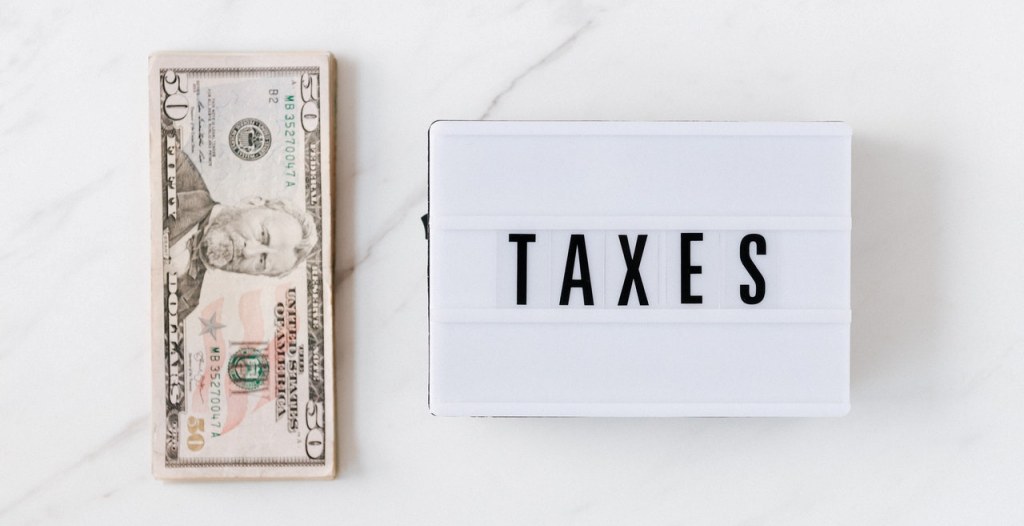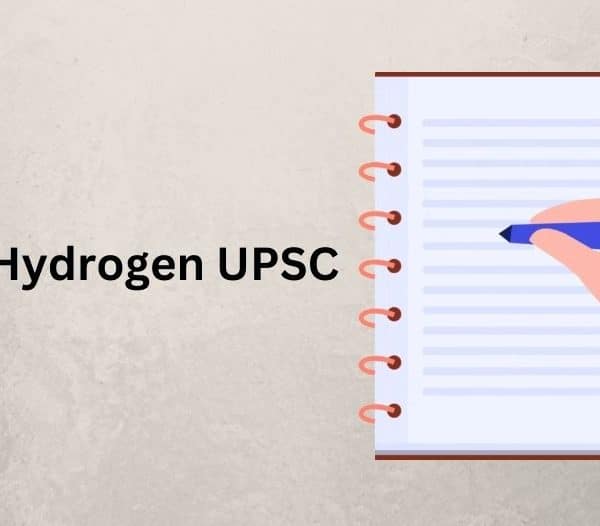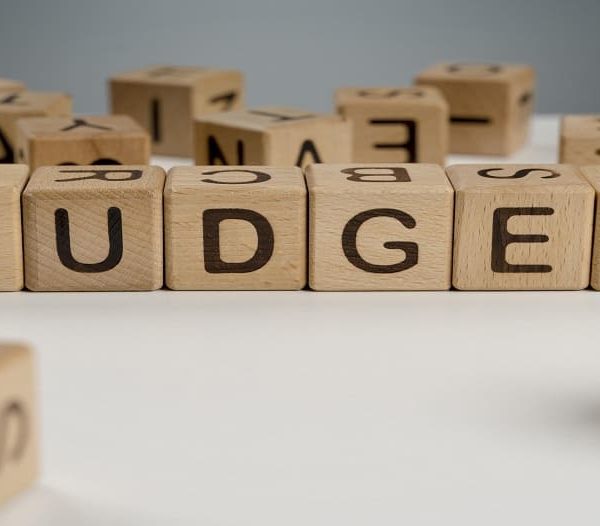Goods and service tax or GST is an indirect Countrywide Sales tax that is imposed on the cost of specific goods and services. The customer who purchases the product pays for GST, but it is forwarded to the government indirectly via the businesses and vendors selling the goods and services. India has GST explained as a united GST that merges all central taxes with the state-level taxes and other luxury taxes to make one single tax “GST.”
GST has replaced various other indirect taxes that were imposed on goods and services before. All the changes and improvements in association with GST are governed by The Central Board of Indirect Taxes and Customs (CBIC).
GST Tax India Explained
In India, GST was implemented from 1st July 2017, which is considered to be one of the biggest revolutions in the history of Goods and Service Acts and taxation levels. The primary intention of implementing GST in India was to end the double and unnecessary taxation system, which comes from manufacturers to consumer levels.
To lower down the cost of products for the consumers, and also to reduce the involvement of extra intermediaries. As in the previous system, it was mandatory to pay the value of goods and margin at every step of the production and supply process, which often resulted in higher production costs for the consumers.
Also Read : Questions Asked in IAS Interview: How to Prepare for Your UPSC Personality Test
As of Now, There are Three Types of GST in India
1. State Goods and Service Taxes (SGST):
The state government imposes it on transactions of intra-state goods and services. The amount collected through these taxes is dedicated to the state government where the transaction took place. In the Union Territories of India, Union Goods and Services Taxes (UGST) is implemented instead of SGST.
2. Central Goods and Service Taxes (CGST):
Central government as well levies these taxes on transactions of intra-state goods and services. The Central government collects the amount collected through these taxes. As these taxes are imposed along with SGST and UGST, the amount collected is shared by both the centre as well as the state.
3. Integrated Goods and Services Taxes (IGST):
Integrated Goods and Services are imposed on the inter-state transactions of goods and services. The revenue collected from this tax is shared between the state and the centre. The SGST part of the revenue will go to the state where the products will be utilized. Business owners can save at every stage of the supply chain via IGST.
GST Tax Slabs Explained
GST is formed in such a way that all the crucial and basic necessity services and food items are arranged in the low tax categories. The higher tax categories include luxury services and products.
Under GSTs four tax slabs of 5%, 12%, 18%, and 28% are set for over 1300 goods and 500 services fitted by the council as per the need and supply forces.
There is a respective distribution under each slab ranging from the most essential to the most luxury replica watches goods and services. So the below lists will clarify which goods and services are included in which respective slab,
- No tax GST slab: Some very essential goods like fruits, vegetables, milk, honey, all kinds of cereals, hotels with tariffs below 1000, pulses, jute, handloom, colouring books, etc. are exempted from the GST as these basic things for carrying out daily activities. Over 7% of the goods and services are under exemption GST slabs.
- 5% GST slab: Under this category, goods like coffee, tea, packaged food items, dry fruits, kerosene, coal, economy class air tickets, small restaurants, etc. are included. 14% of goods and services are included in this classification.
- 12% GST slab: 17% of goods and services are a part of this 12% GST slab. Medicines, Non-AC restaurants, business class air tickets, frozen meat products, cellphones, umbrellas, etc. fall under this section.
- 18% GST slab: Pastries, cakes, ice-creams, seasonings, many electrical appliances, sanitary napkins, aluminium foils, five-star hotels and luxury resorts, telecom services, branded garments, etc. fall under the 18% GST slab. 43% of goods and services are included in the 18% GST slab.
- 28% GST slab: All the rest left luxury goods and services are included in 28% GST slab. About 19% of goods and services are included in this category.
GST Explained with an Example
A product has to go under many processes before it reaches the customer, like production, wholesaling, retailing, and finally reaching the ultimate customer. In the previous system, a 10% tax was levied on the total amount of making and profit value, which imposed double taxation and cascading effect in product making. This caused an extra tax burden on consumers.
To end this, GST came into the picture, as it implies a 10% tax only on the profit value which benefits everyone involved in the hierarchy of production.
For example, The producer produces a product, and his raw material costs him Rs 50, and production and profit value is also Rs 50, the total value of the product becomes Rs 100.
The tax imposed on this will be Rs 5 because of 10% of the profit value, which is 10% of Rs 50 = Rs 5. So the total value of the product will become Rs 105 with GST for the wholesaler who would have been Rs 110 if it was like before where GST was not implied, and 10% of the whole value of making and profit value was imposed.
At every stage, it would save tax costs and ultimately reach the consumers at a lower price.
GST Registration
In the GST administration, businesses that have a turnover which outstrips Rs. 40,00,000 (for North- Eastern States, J&K, Himachal Pradesh, and Uttarakhand turnover should surpass Rs. 10,00,000) is mandatory to register as a normal taxable person. Your business must be GST registered, and it should avail your legal identity as a supplier, input tax credit, and should also obtain GST from the consumers of goods and services. If you want to register online for GST, you can register through the government GST portal, or GST Seva Kendra can help you register offline.
Conclusion
Goods & services tax has eased out the pricing and taxing structure of India. The NaMo government strategically introduced the GST tax slabs to solve ground-to-mid level issues of both consumers and sellers. GST is one of the most important topics for UPSC exams, and every aspirant must be aware of the kind of tax GST is. To read about more such topics for your upcoming UPSC or IAS exams, visit UPSC Pathshala.
Also Read : What is the Initial Public Offering Process (IPO) in India? The 7-step Process of Public Issue in India






